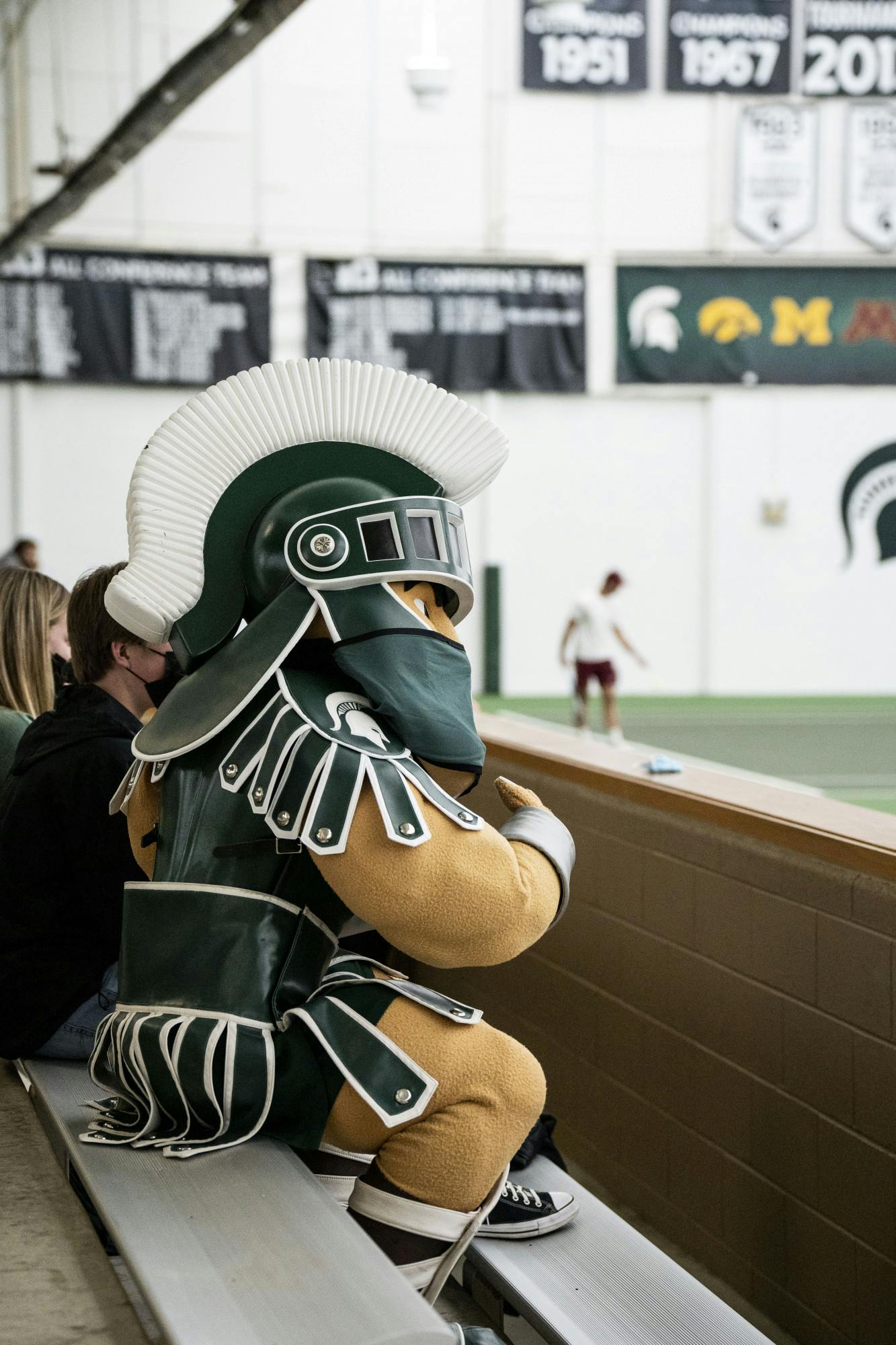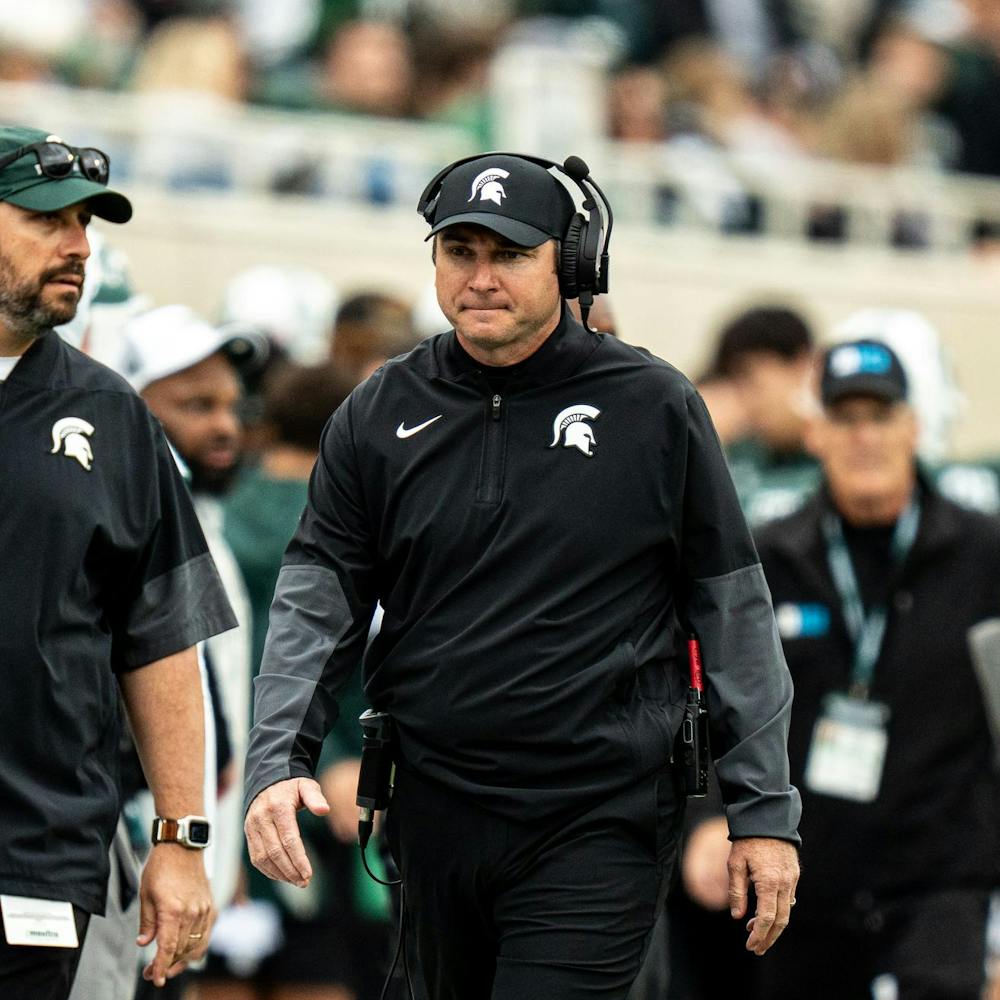Northwestern University
Starting with the kickoff, Northwestern University is home to over 21,000 faculty and full-time undergraduate and graduate students who wear white and purple with pride. Northwestern has a thorough metric for students and faculty to self-report at-home and off-site test results for data collection to break down the ratio between student and staff.
According to the Northwestern COVID-19 Dashboard, the positivity rate is 4.81%, as within the last week, 686 positive tests returned from 14,260 total tests. The low positivity rate is a Hail Mary for the university, as with the winter summary, there is currently no capacity restrictions for meeting and events.
According to the Northwestern website, instead of starting the semester remotely, weekly testing will take place.
“All students — regardless of their vaccination status — are required to take an in-person COVID-19 test each week during the first two weeks of classes," the dashboard reads. "Students, faculty and staff who have an approved exception to the University’s vaccination requirement must complete two Abbott rapid antigen COVID-19 tests each week throughout Winter 2022.”
Like the University of Michigan and Michigan State, Northwestern announced on Dec. 20 of last year all students, faculty and staff are required to receive the booster shot by Jan. 30, 2022.
University of Michigan
On the topic of the University of Michigan, the Wolverine’s game plan is all about informing campus on crucial figures and conducting research. On Jan. 6, four Michigan-based universities — including the University of Michigan — were provided over $18.5 million from federal funds to analyze infectious diseases.
With a total enrollment of 31,329 undergraduate students in fall 2020 and just over 29,000 employees, all COVID-19 announcements and regulations are posted on the Maize & Blueprint website. As weekly testing goes, in the last week 15,302 tests came back with 1,634 positive results. The Community Sampling and Tracking Program, or CSTP, shows a whopping 6.5% positive cases on campus as classes return to normal after winter break.
Whereas 98% of the Ann Arbor student body has self-reported as fully vaccinated or exempt all students, faculty and staff have until Feb. 4 to receive their booster shot and submit their information. To reduce the spread of the Omicron variant, the University of Michigan's policy on ticketed events is quite the play.
“Vaccination or negative test requirement for ticketed events,” Associate Director of Public Affairs Kim Broekhuizen said in an email. “Attendees of ticketed events, including on-campus performances and athletic events, must show proof of vaccination or a negative COVID-19 test within 72 hours. For the U-M community, vaccination verification can be done through the ResponsiBLUE app. Face masks must be worn during all home indoor athletic events.”
Foregoing the remote start University of Michigan has gone for a different approach to monitoring popups of Omicron activity on campus. Students who feel ill or have been in contact with positive persons have been asked to quarantine as instructors are accommodating for missing class this semester – with or without documentation and penalization.
Providing aid for students yet foregoing quarantine periods for those yet to receive the booster shot, the University of Michigan has one foot in front of the other and staggers on the line of defense.
Ohio State University
Having trouble with the snap isn’t Ohio State’s claim to fame, and it shows — even in their personal safety precautions. Preparation and a game plan pair well with the Ohio State administration's initiative, proving to be an all-rounder for the spring semester.
Like the University of Michigan, Ohio State will only require rapid antigen tests the weekend before returning to campus. For the rest of the spring semester, however, all students living in university housing and members of Greek life, regardless of vaccination status, must receive a PCR test weekly.
As of Jan. 10 on the Colombus campus, more than 10,600 students took tests before being moved onto campus into their residence halls. 3.2% of those tests reported positive and are now in isolation off-campus.
With an astounding amount of information on the Safe and Healthy site, Ohio State offers recreational activities, mental health and wellness information, events and gathering information and accommodations.
Support student media!
Please consider donating to The State News and help fund the future of journalism.
Giving an easy directory for students to find aid is an intuitive play for the university. Planning accommodations for students, faculty and staff promote quick action towards safety practice. These protocols are the punt to bring Ohio State ahead.
“As you know, the nation and state are experiencing a dramatic increase in COVID-19 infections due in large part to the Omicron variant,” President Kristina M. Johnson said in a statement. “As Ohio State prepares to start the spring semester and welcome students back to campus for in-person instruction, the university continues to adjust health measures based on the latest data as well as evolving guidance from national, state and local agencies.”
Michigan State University
In the last quarter, Michigan State University will always come through. Thanks to President Samuel L. Stanley Jr., Michigan State has been on the cutting edge of testing and regulations; as of Dec. 31, MSU administration announced for classes to start remotely for at least the first three weeks of the semester, in lieu of the booster mandate set for Feb. 1.
On Michigan State’s Together We Will site, a weekly dashboard records and provides information to the public on vaccine rates, data from the Early Detection Program and cases of isolation and positive results on campus is culminated.
For the first week of the spring semester 3,132 tests were issued resulting in 250 positive cases, an astounding 7.98% weekly positive rate. Cases have been on the rise as students return to campus — on Dec. 6, the positivity rate was only at 1.98%. Since the week of Dec. 27, cases have been riding a curve peaking on New Year's at over 10%.
However, on the week of Jan. 17, the curve has begun to dip slowly, as only 162 tested positive.
Classes are scheduled to return to in-person on Jan. 31, as hybrid instruction classes adapt with flexibility to the never-ending curve balls this semester may bring.
“We know it wasn’t what we all wanted, but we felt it was necessary to ensure we could begin the semester in a way that would allow us to deliver content consistently and equitably while the Omicron surge was at its peak,” President Stanely Jr. said in a press release. “Although we’re progressing to in-person instruction, we all must continue to practice smart COVID-19 safety protocols: receive a booster when eligible, monitor your health and watch for symptoms.”
Everything students need to know about the administration's plans can be found on the main section of the website including booster registration by Feb. 1, COVID-19 exposure guidance, financial impacts of the pandemic and of course, online classes.
In the end, each university has its own strengths and weaknesses, no matter what the top priority for any school is. As Omicron spreads throughout the United States, Big Ten colleges are working hard together to adapt their protocols and confide in each other.
In this league with the Big Ten game plan, everyone is a winner.
Discussion
Share and discuss “Big Ten comparison: COVID-19 preparation and policy” on social media.







